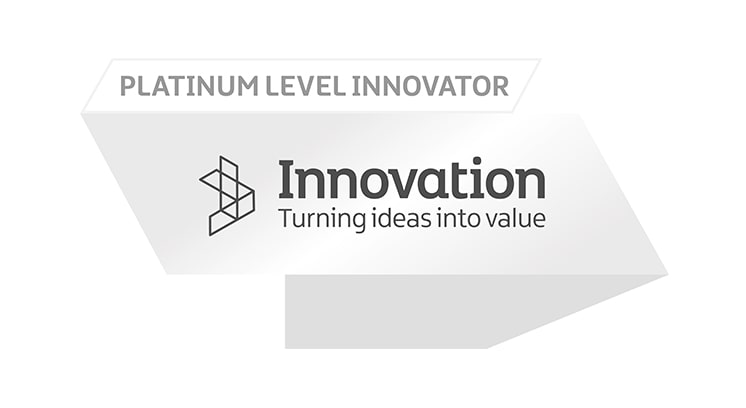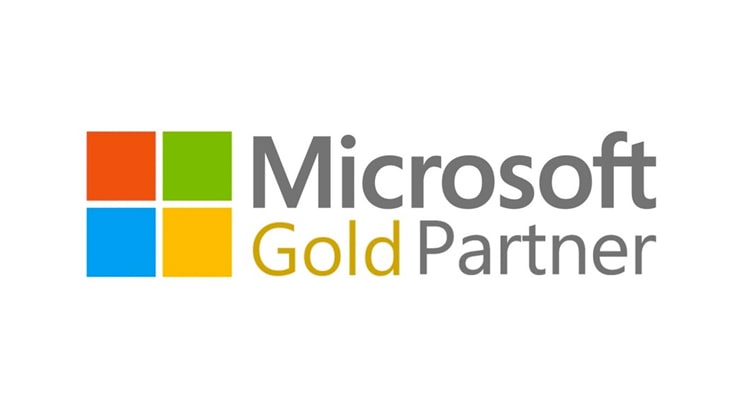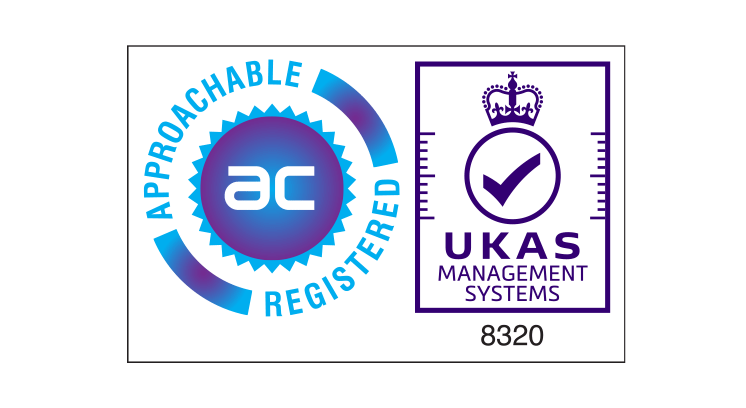Enterprise Asset Management (EAM)
in Field Service
Maintain operational assets and equipment while maximising productivity and managing end-to-end lifecycles with Enterprise Asset Management (EAM).
What is Enterprise Asset Management (EAM)?
Organisations today track and manage more assets than ever before. Efficiently monitoring these assets’ whereabouts is crucial for compliance while reducing the cost and capacity associated with missed inspections. Enterprise Asset Management (EAM) provides organisations with this visibility.
Enterprise Asset Management (EAM) is a structured system of software and services that provide an organisation with a complete view of asset availability, status, and location across multiple facilities and sites. In this context, the ‘Enterprise’ relates to departments that directly contribute to core operational functions such as Dispatch & Logistics, Human Resources, Service Planning, and Inventory. Assets refer to equipment, infrastructure, fleets, skilled workers, or property owned or managed by an organisation.
What is the purpose of EAM?
Enterprise Asset Management (EAM) increases operational efficiency while managing large, cross-discipline teams and assets across multiple sites and geographic regions. EAM reduces asset downtime and maximises asset uptime, ensuring the mobile workforce and the equipment are productive and conform to industry best practices.
Asset management solutions combine vital information, including skilled worker availability, with asset lifecycle information and supply chain status to gain a perspective on what tasks are required, who can activate them, and which equipment or components. Managing assets is supported by real-time field service intelligence via a connected workforce, allowing demand planning, inventory management, and health & safety compliance documentation to be collected digitally. Ultimately, this helps field service delivery meet demand and protect employees from unnecessary risk.
Resource Allocation
Asset-specific information calculates optimum maintenance cycles, plans work schedules, and allocates resources. Doing this ensures the correct field technicians are assigned at the right time to inspect, repair, or replace assets or ageing infrastructure before issues arise. Proper allocation of field resources avoids asset failures, unnecessary travel, or SLA breaches, saving time and reducing operational costs and exposure to fines.
Why is this important for field service organisations?
For a field service organisation, risks come with not monitoring asset location, status, compliance, or maintenance costs. This ‘risk’ can be economic, legal, societal, environmental, or all four.
Asset management solutions can help an organisation minimise risk exposure by connecting devices, workers, and equipment through the Internet of Things (IoT). Sensors and digitised data capture apps, forms, and tracking data provide management with an unprecedented real-time view of asset location, job completion, compliance confirmation, and risk assessment. Such digital solutions maintain stable and continuous operation even during the most demanding times. Having the capacity to meet exceptional demand levels with flexibility, appropriate resource availability, and accurate inventory is simply invaluable.
Uses of EAM in Field Service

Energy and Utilities
Energy and utility companies manage water, sewage, electricity, and gas. In this context, an EAM solution can meet the diverse challenges posed by their vast and complicated infrastructure. Meeting unprecedented demand is significant to infrastructure networks with ageing or heritage equipment upon which many millions may rely. EAM accommodates complex crew scheduling across multiple geographies, ensuring information is available on the network’s most remote assets.

Property & Facilities Management
Maximizing operational capacity requires effective asset management when managing hundreds or thousands of properties and facilities. EAM can meet the various stresses of managing properties and facilities at scale. Asset management solutions can reduce operating costs and downtime with dynamic repair scheduling. Repair work is streamlined, and orders for parts inventory are automated for technicians, minimizing wasted or multiple journeys to a single site. EAM maximizes operational efficiency and ensures tenant safety and wellbeing compliance in property management.

Healthcare
Healthcare providers implementing an EAM solution can centralize equipment status and location monitoring across vast geographies and varied or niche departments. EAM ensures critical medical equipment is properly serviced and ready for action, available where and when healthcare personnel needs it. EAM also ensures compliance with legal health and safety reporting, conforming to established health information systems.

Logistics
Logistics and transportation organizations can use EAM to achieve higher mechanical efficiency and control costs. Using EAM, management has a dedicated platform to visualize asset lifecycles and maintenance schedules. Inventory or equipment such as vans, lorries, aircraft, or trains is available to meet demand dynamically. EAM facilitates spare parts inventory, maintenance scheduling, fuel management and route planning to reduce costs, downtime, and environmental impact.
What is Asset Management Inspection Software?
Asset Management and Inspection Software (AMIS) automate inspections and identify equipment and moveable asset locations, including forklifts, lorries or other equipment. Field service teams can use mobile devices to receive real-time information on asset location before the inspection.
Asset management inspection software allows your field service workforce to improve inspection performance while providing organisations with complete visibility of asset positions. If required, staff can continually monitor IoT devices placed on each asset. You can read more on AMIS by following the link below.
Asset Management FAQs
What is an Enterprise Asset Management System?
An Enterprise Asset Management (EAM) system is a software solution that helps organisations manage their physical assets throughout their lifecycle. It encompasses maintenance planning, predictive and preventative measures, and strategic asset management. EAM solutions aim to improve asset performance, reduce operational costs, and enhance return on assets.
What is the difference between ERP and EAM?
ERP (Enterprise Resource Planning) and EAM (Enterprise Asset Management) systems manage and optimise business operations. The primary difference is that ERP systems have a broader scope, focusing on all resources within an organisation, including finance, human resources, supply chain, and more. In contrast, EAM systems specifically focus on the optimal management, maintenance, and lifecycle tracking of a service organisation’s physical assets.
What are the components of EAM?
The components of an EAM system often include 1) Asset lifecycle management to track assets from acquisition to disposal. 2) Maintenance management to ensure assets are maintained effectively. 3) Work order management to schedule and track maintenance tasks. 4) Inventory management to control spare parts and equipment. 5) Reporting and analytics to monitor asset performance and costs.
Why do we need EAM?
EAM is essential because it helps organisations manage and optimise the use of their physical assets. This can lead to improved operational efficiency, extended asset lifecycles, reduced downtime, and cost savings. It also aids in compliance with regulatory requirements related to asset management. In short, EAM is a critical tool for maximising the value of an organisation’s physical assets.
Who uses EAM?
EAM systems are used by organisations that manage significant physical assets, such as machinery, vehicles, equipment, and infrastructure. This includes industries like manufacturing, utilities, transportation, government, healthcare, and more. These organisations use EAM to optimise asset performance, reduce costs, improve maintenance processes, and enhance operational efficiency.






